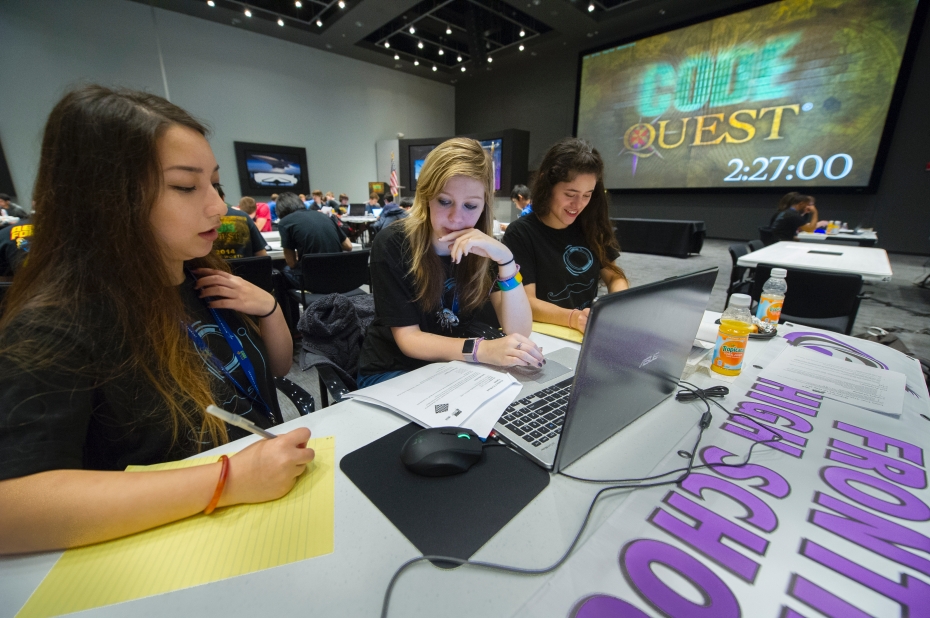Does your girl like music, playing sports, or cooking? How about video games, dancing, or stargazing? Does she dream of curing disease, inventing things, or caring for animals?
Yes? Then she likes science—and she may be interested in engineering! That’s great news for her and for our society—we need more women involved with science, technology, engineering, and math (STEM). Of all STEM fields, the “E” (engineering) is most lacking women. We need to fuel the pipeline!
Kids are natural engineers. They are incredibly curious, love to play, take things apart, and interact with the world to understand how it works. Girls in elementary school already have the right mindset for STEM: they’re curious, aren’t afraid to ask questions, enjoy working with others, like to use their imaginations, and love making things.
So how do you channel her interest in science into activities that will engage, entertain, and educate her to be a challenge-seeker, problem-solver, and world-changer? We can inspire girls to explore a future in engineering by showing them how STEM subjects are interesting, exciting, and can help people lead better lives. It’s easier than you may think.
Help her see that STEM is everywhere. Play a game to spot science and engineering in our everyday lives. Help her take things apart (safety first!) to see how they work. Get outdoors and observe the science of nature.
Introduce her to STEM role models. Watch shows and documentaries about science. Check out books and comics with STEM role models. Find places in your community where people work in STEM jobs, take a tour, and meet real-life role models.
Encourage her to participate in STEM activities. Suggest she take part in STEM events at school. Discuss issues like taking care of animals or feeding the hungry that can be addressed by STEM. Talk about how scientists can—and do—make the world a better place.
We can help girls understand that it’s great to dream big, but that it’s okay to fail too. That’s right, failure can be a good thing! Trying, failing, and rethinking and trying again is what engineers and others do all the time.
Great thinkers, scientists, and inventors, from Leonardo da Vinci to Marie Curie to today’s modern technologists, approach discovery this way. It’s called “design thinking”—and it’s actually one of the best ways for kids to learn! Hands-on experimentation or “learning by doing” is far more effective than abstract thinking and memorization of concepts. And, consider how empowering it is for a girl to test her own ideas and come up with her own solutions to real problems.
“The freedom to fail, and try again, allows girls to flex their problem-solving and leadership skills,” according to Andrea Bastiani Archibald, Girl Scouts of the USA’s resident developmental psychologist. “The design-thinking process makes challenges exciting—and makes failure expected and relatively comfortable and normal. This can be quite liberating for girls who too often have greater concerns about success and failure, especially in subjects like science.“
So next time she’s taking pictures, editing a video, looking at the night sky, or even baking a tasty treat, remind her that there’s science behind all those activities—and encourage her to embrace her inner engineer, and inspire others to do the same!
This article originally appeared on GirlScouts.org.
 STEAM
STEAM








